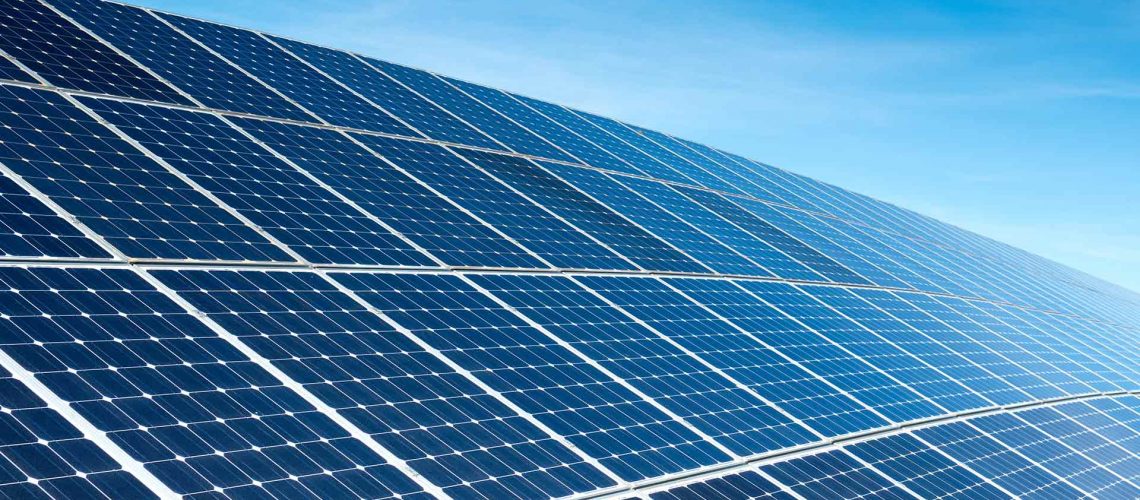When you decide to have solar panels installed at your office or home, part of the planning will involve choosing between blue ones and black ones – so you just choose the color you like most, right? It’s not that easy. Apart from aesthetics, there are also factors such as cost, temperature coefficiency, and performance involved.
The two main types of solar panels are monocrystalline and polycrystalline. Let’s briefly look at the differences between them.
Differences In How The Two Types Of Solar Panels Are Manufactured
Monocrystalline solar panels. These panels use photovoltaic cells that were made of silicon. In this case, every solar cell contains only one silicon crystal. This is why they are often also called ‘mono solar panels’.
Polycrystalline solar panels. Here every photovoltaic cell comprises several silicon pieces that were blended together in the manufacturing process. This explains why some people refer to them as ‘multicrystalline panels’.
There is no difference between the purpose of these two types of panels. Both convert sunlight into energy. The difference in their silicon structure is, however, what gives them their different colors.
Cost Differences Between Monocrystalline And Polycrystalline Solar Panels
To make the single-crystal cells that go into monocrystalline panels, the manufacturer has to very carefully control the solidification process of the silicon. With polycrystalline panels, all they have to do is to get some square molds to pour the molten silicon into. Because the former process is much more involved, mono panels come with a higher price tag.
There is, however, no difference between the cost of labor, racking, wiring, and inverters. Regardless of what type of panel you choose to install, you will also qualify for the same solar tax credit from the federal government.
When comparing the financial viability of the two types of solar panels, you can’t just compare costs though. You also have to take into account how efficient they are.
Differences Between The Efficiency Of Monocrystalline And Polycrystalline Solar Panels
Monocrystalline panels are significantly more efficient, i.e. they convert a higher percentage of sunlight into energy. The difference is, however, not so big that you should summarily discard the idea of installing polycrystalline ones.
The most recent data shows that mono panels deliver an efficiency rate of 23% while their polycrystalline counterparts typically come in at below 20%. In simple terms, this means that you will have to use more polycrystalline panels for a given kWh output.
This is not a particularly big problem if you have lots of space available to install more panels. If space is an issue, monocrystalline panels will deliver the maximum possible electricity for the available area.
Differences In The Temperature Coefficient Of Monocrystalline and Polycrystalline Solar Panels
No, you don’t need a Ph.D. in physics to understand this. The temperature coefficient simply shows how much temperature increases impact the panels. Generally speaking, polycrystalline panels suffer a bigger loss in energy output on a really hot day than their monocrystalline counterparts. There are nowadays, however, versions available that offer similar performance.
Are There Any Differences In The Lifespans Of The Two Main Types Of Solar Panels?
The short answer is no. Both monocrystalline and polycrystalline solar panels have equally long lifespans. Solar panels manufacturers typically offer a 25-year warranty on both. The fine print often guarantees that you will get at least 90 percent of the maximum power output for the first 10 years and 80% for the period between 10 and 25 years. Not all guarantees are the same though. In this regard, we can only advise you to never sign anything before you have checked the small print and to always use a reputable solar panel installer!
Sources:
https://geothermhvac.com/mono-vs-poly-better/
https://news.energysage.com/monocrystalline-vs-polycrystalline-solar/


